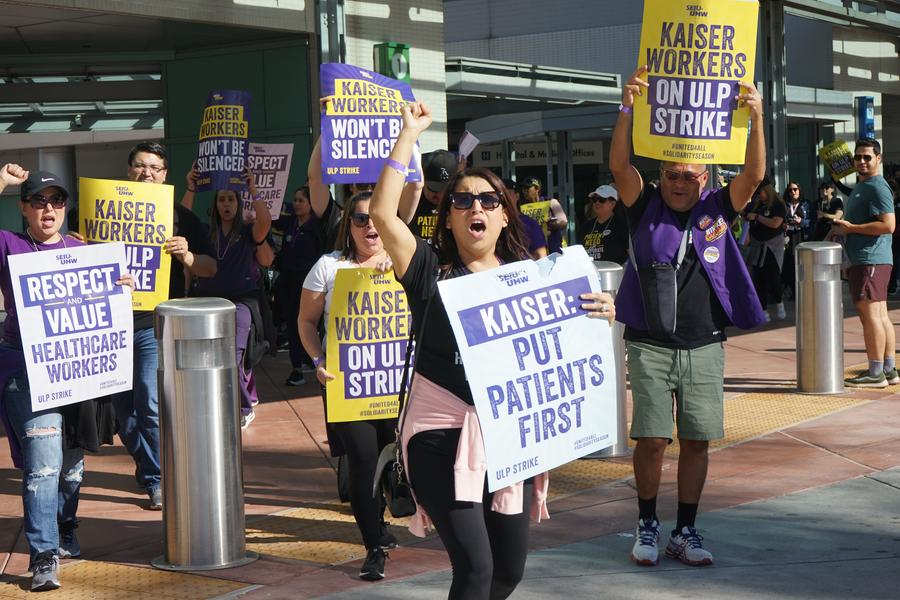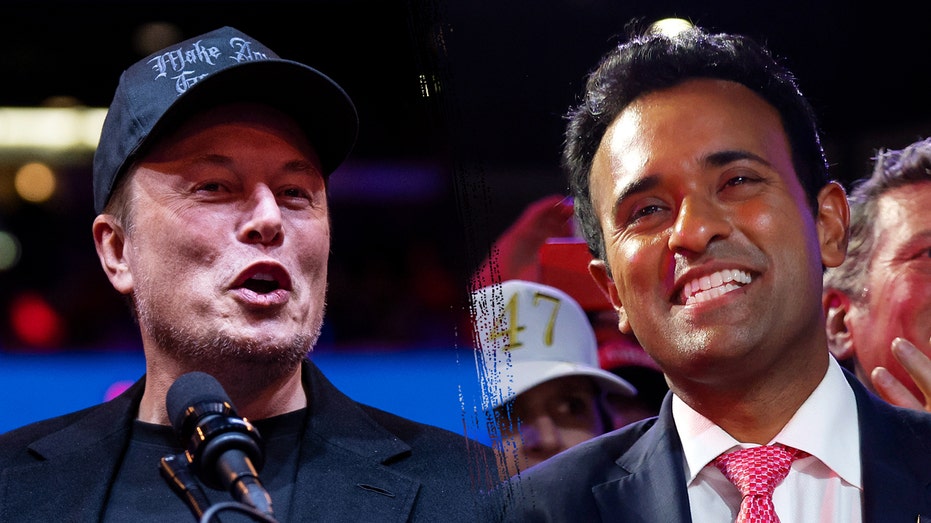
BEIJING, Nov. 2 (Xinhua) -- Nobel laureate Angus Deaton used his hip surgery as a chance to study U.S.
healthcare firsthand, and he turned out to be disillusioned. Costs were extreme -- over 10,000 U.S.
dollars per day for a shared room -- with little price transparency. Although his insurance covered 90 percent of the negotiated price, he still faced nearly 2,000 dollars in out-of-pocket costs due to additional fees. Reflecting on his experience in his book Economics in America, Deaton noted that without insurance, he'd likely still suffer from his painful hip.
For many Americans, high costs and limited access mean essential care remains out of reach. SKYROCKET COSTS A September Gallup and West Health survey showed that over two-thirds of Americans worry that a major health event could lead to medical debt. "Issues with healthcare costs and access impact voters directly, regardless of party affiliation," the survey noted.
A Commonwealth Fund report also found that the United States, despite spending more on healthcare than any other high-income country, ranks lowest in accessibility, life expectancy, and preventable deaths. Without universal insurance, most Americans rely on employer-provided or private plans. Those uninsured face exorbitant out-of-pocket costs.
The KFF-Peterson Health System Tracker, an online resource evaluating the U.S. healthcare system, estimates that around 20 million Americans -- nearly 1 in 12 adults -- carry medical debt.
Collectively, Americans owe at least 220 billion dollars in medical debt. Approximately 14 million individuals owe over 1,000 dollars each, while around 3 million owe more than 10,000 dollars individually. In 2022, health expenditures per person in the United States reached 12,555 dollars, exceeding the spending of any other high-income nation by over 4,000 dollars.
On average, other large, wealthy countries spent about half as much per person on health as the United States, according to the KFF-Peterson Health System Tracker. POLITICAL CALCULATIONS A September poll from the Pew Research Center found that healthcare is the second most prioritized issue for voters, following economic concerns. However, during the 2024 party conventions, not a single day was devoted to addressing the challenges faced by uninsured individuals or middle-class families struggling with high premiums.
During the September presidential debate, when the Affordable Care Act (ACA), or Obamacare, was raised, both presidential candidates offered little in terms of specific policy proposals. "This is the first election in maybe decades where health reform has not been a central issue," Larry Levitt, the executive vice president for health reform at KFF was quoted by The New York Times as saying. The New York Times commented that both Donald Trump and Kamala Harris have learned the hard way that proposing major changes can alienate some voters even as it thrills others.
Trump's unsuccessful effort to repeal Obamacare in 2017 was followed by major Democratic gains in the 2018 midterms. Harris faced intense criticism after a 2019 Democratic primary debate in which she appeared to endorse abolishing private health insurance. A joint Gallup and West Health poll indicated that two-thirds of Americans feel healthcare is under-prioritized in this election, and one-third express distrust in both candidates on this issue.
"Republicans think they can ignore healthcare, and Democrats think they've solved it. But neither is correct," noted Michael Cannon, Cato Institute's director of health policy studies. Healthcare workers protest outside a Kaiser Permanente medical center in Baldwin Park, California, the United States, Oct.
4, 2023. (Photo by Zeng Hui/Xinhua) SYSTEMIC TRAPS Both Democrats and Republicans seem unable or unwilling to pursue substantial healthcare reform, with national initiatives frequently stalling due to entrenched conflicts as low-income groups advocate for expanded public coverage, while high-income groups resist tax increases. Meanwhile, the public wants lower healthcare costs, but industry groups oppose more regulation.
These tensions lead to complex legislative and administrative battles, not only between the parties but also within them, creating divides between reformists and conservatives. At a deeper level, the U.S.
healthcare industry prioritizes profit over patient care. Esteemed medical professionals often transition to roles as directors or partners in private firms, while nonprofit health organizations increasingly adopt for-profit models to secure capital. The consolidation of hospitals, managed care organizations, and insurers has resulted in what Matthew Anderson of the Journal of Social Medicine describes as "a formidable complex.
" Many analysts argue that the underlying issues are less about insufficient funding and more about a system that reflects class-based oppression, impacting working- and lower-income groups. The true maladies in U.S.
healthcare, they note, are deeply political, representing systematic oppression directed at the lower classes through the healthcare system..














